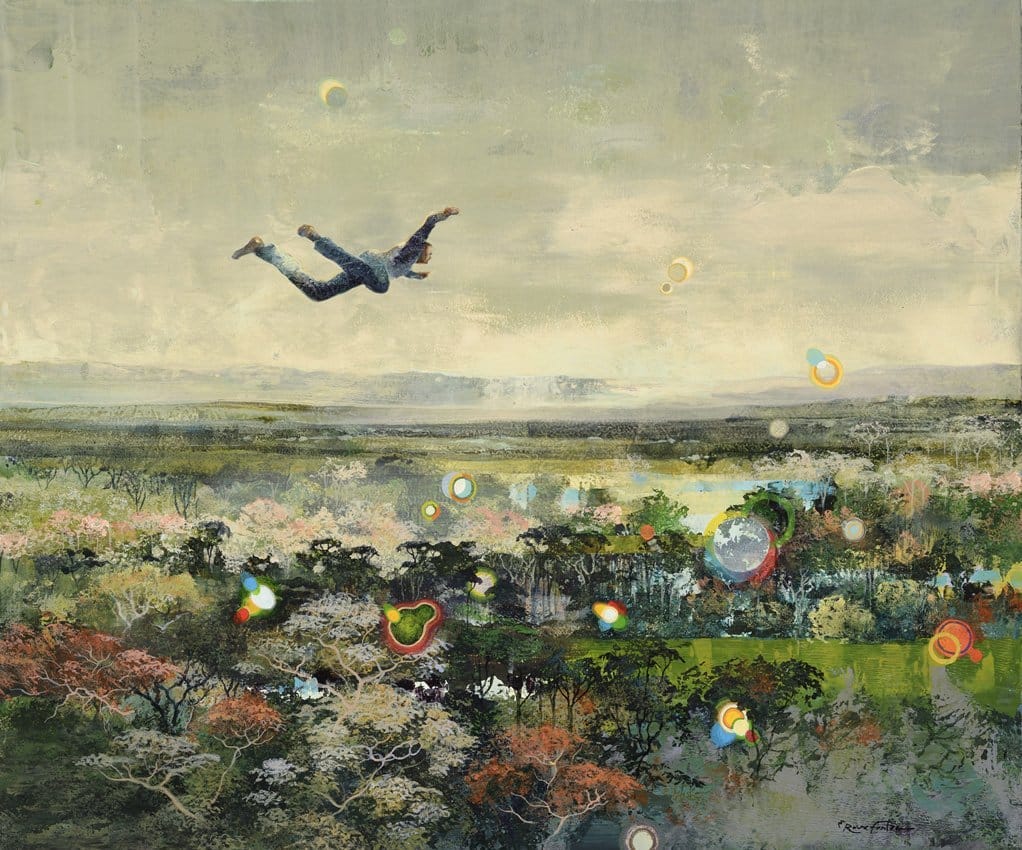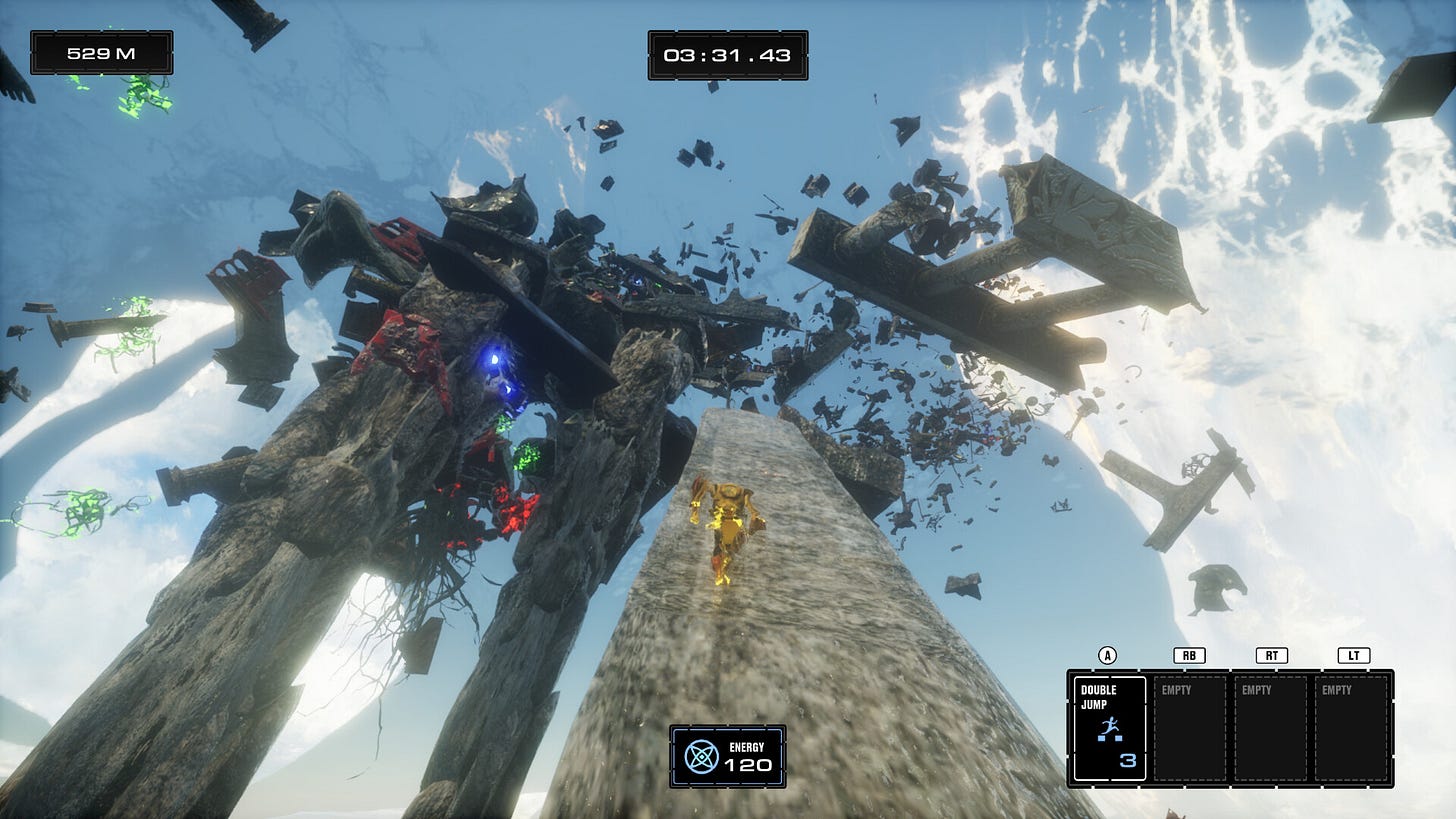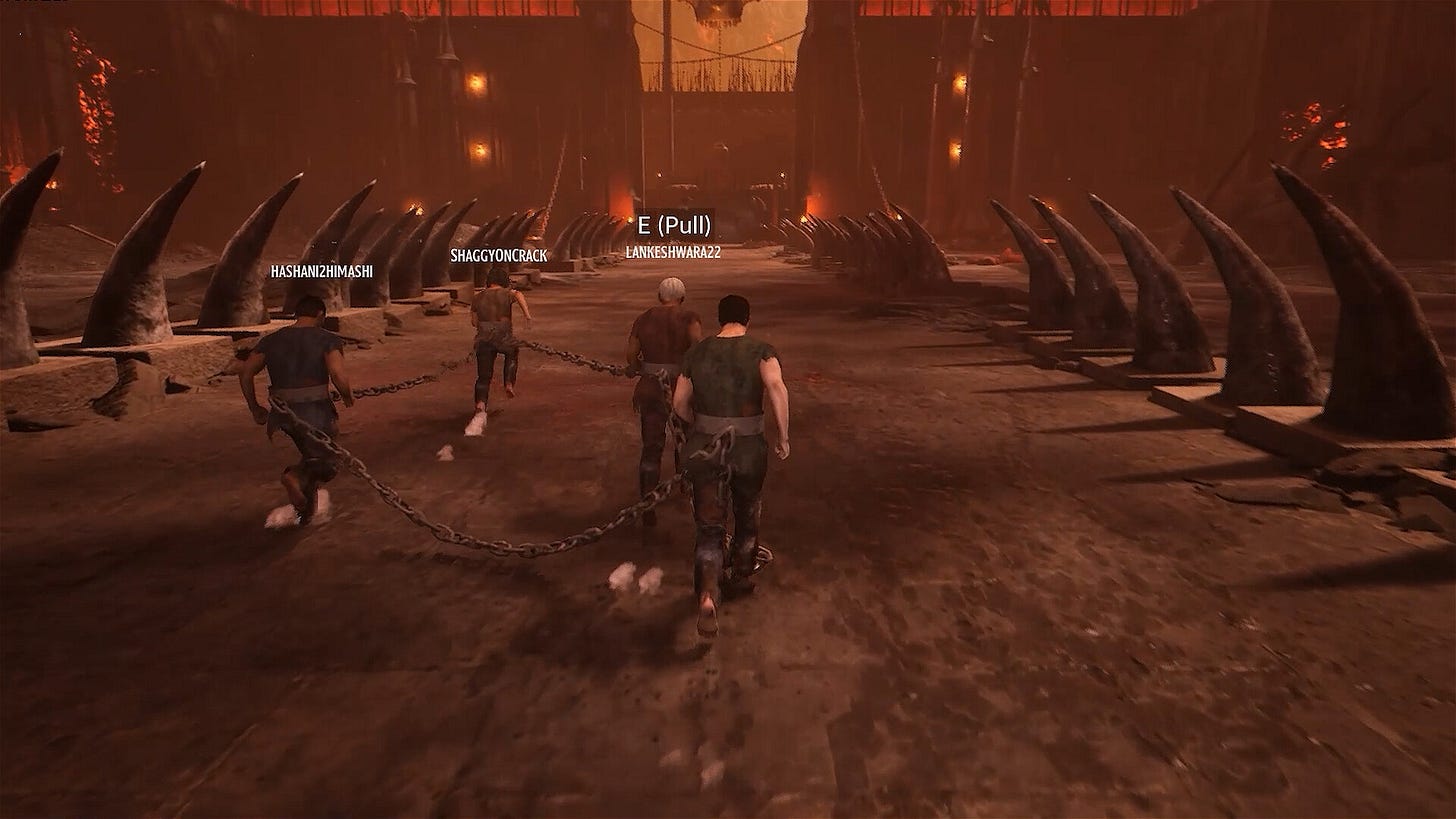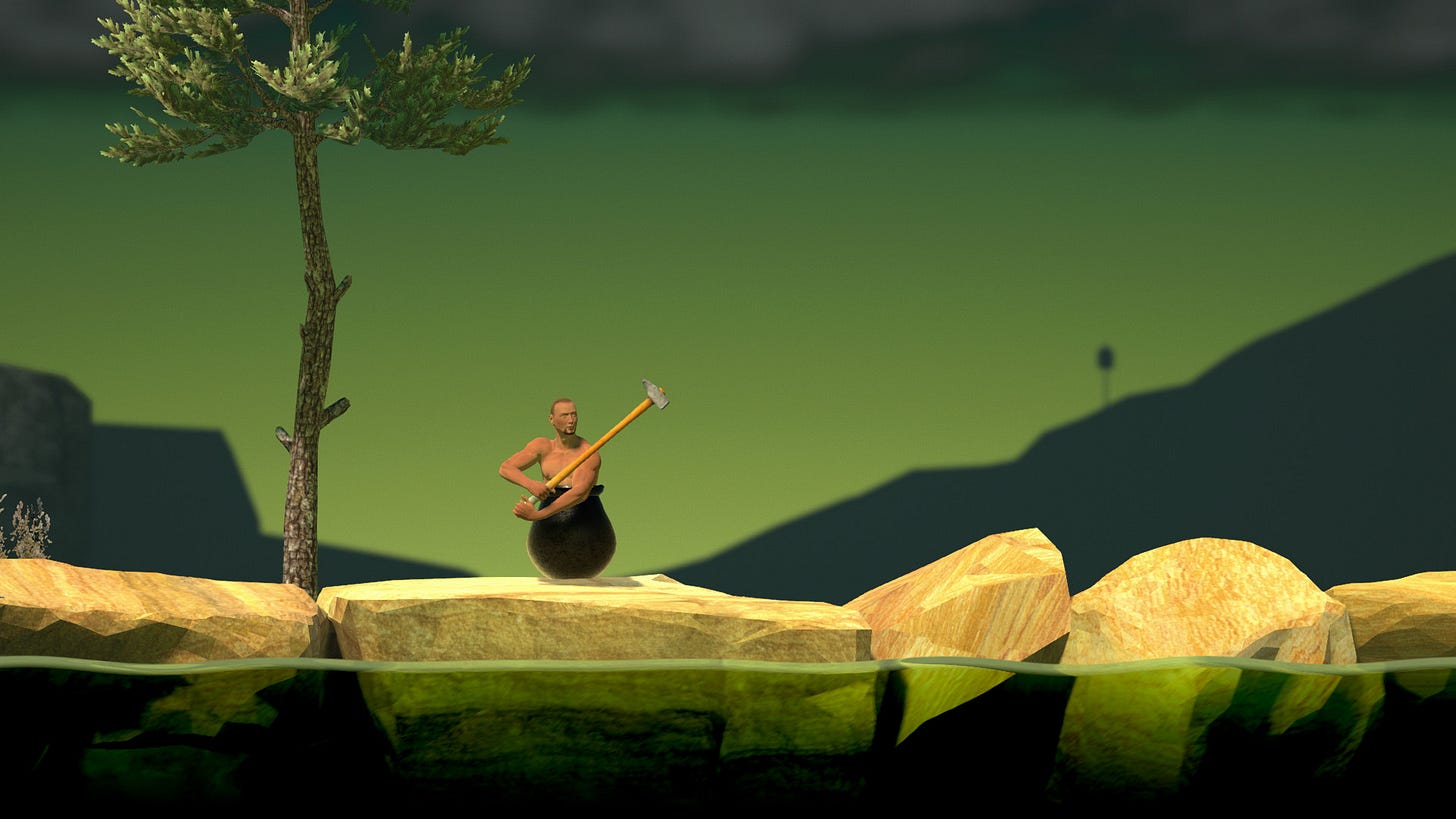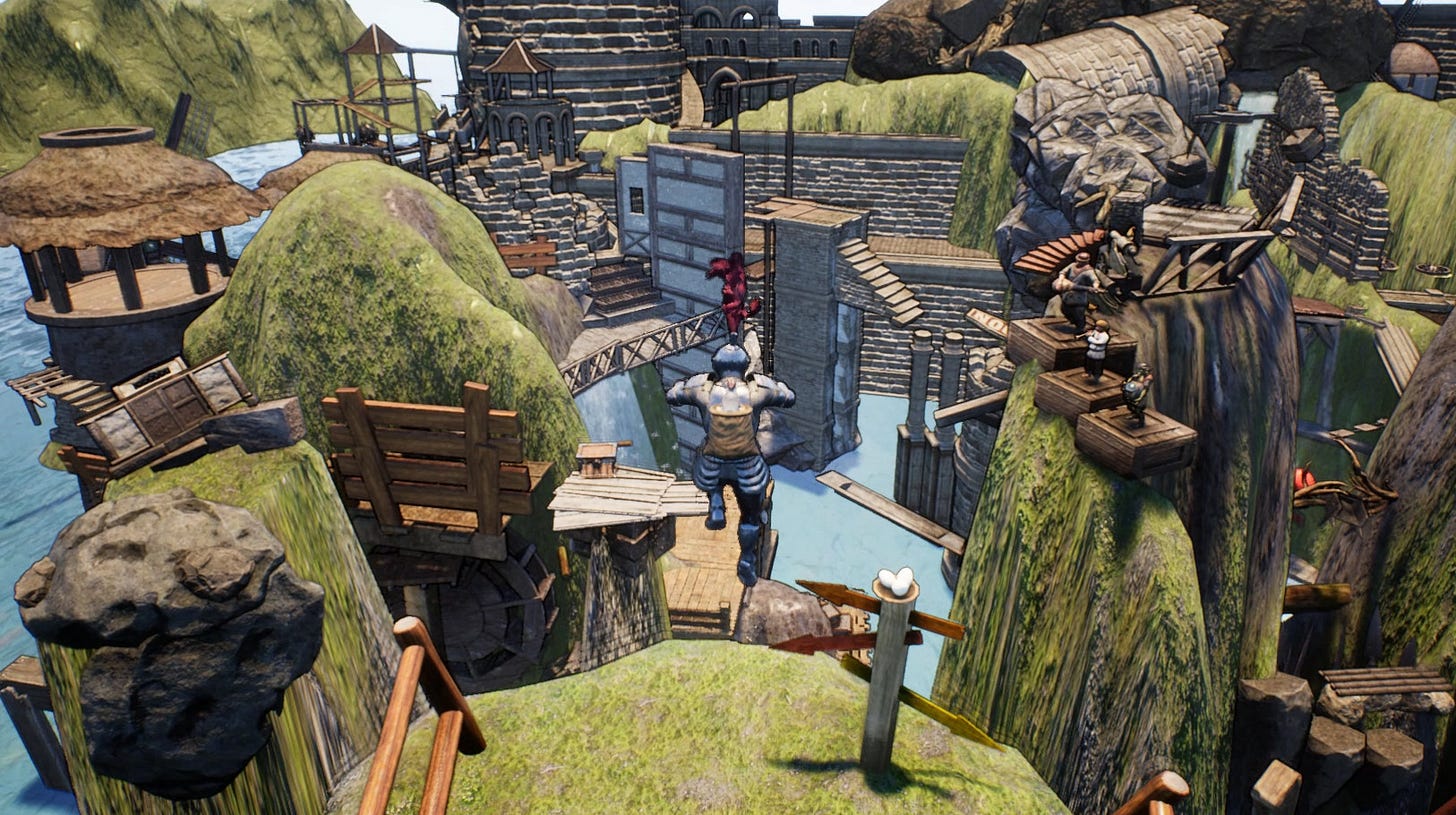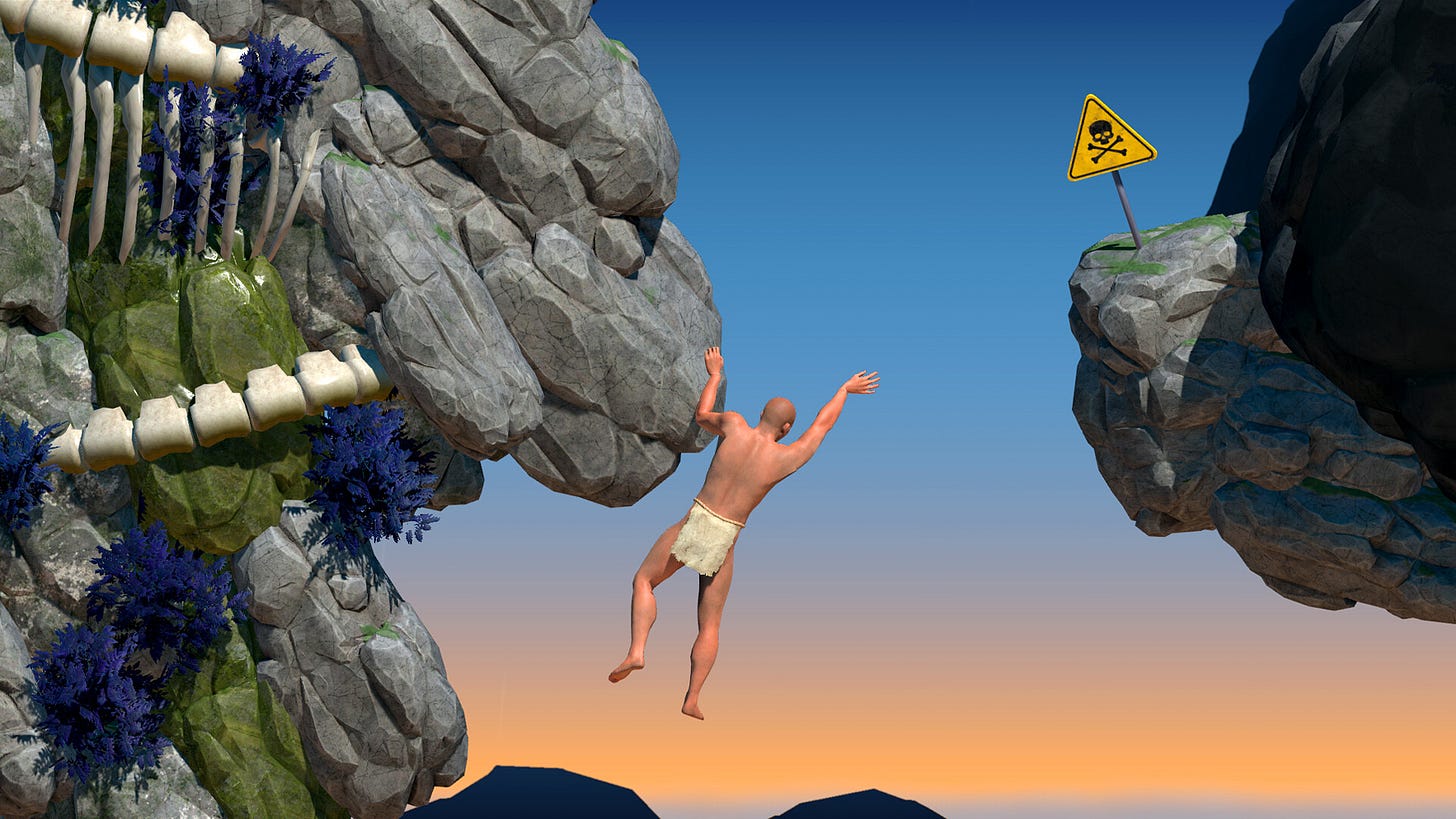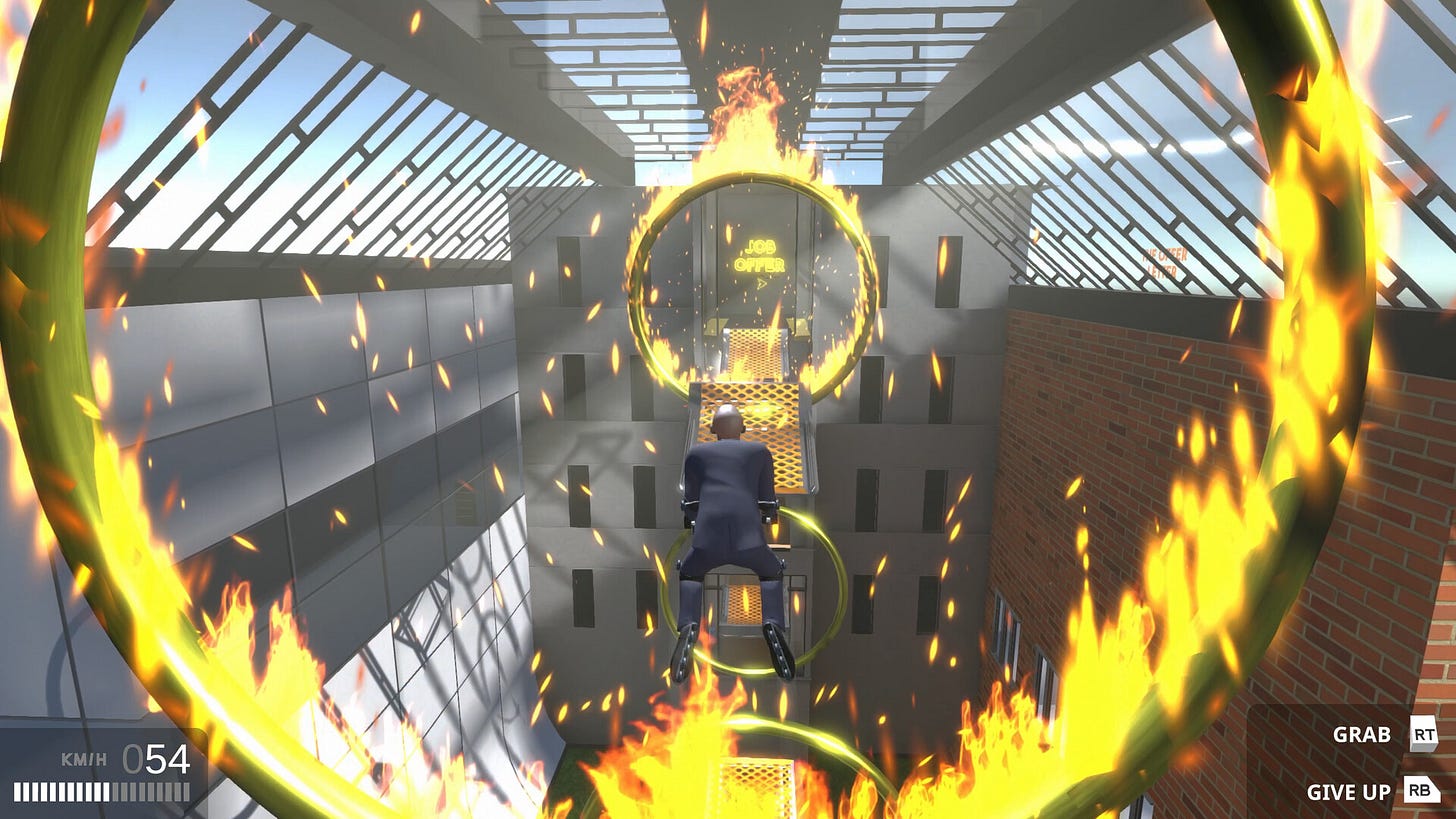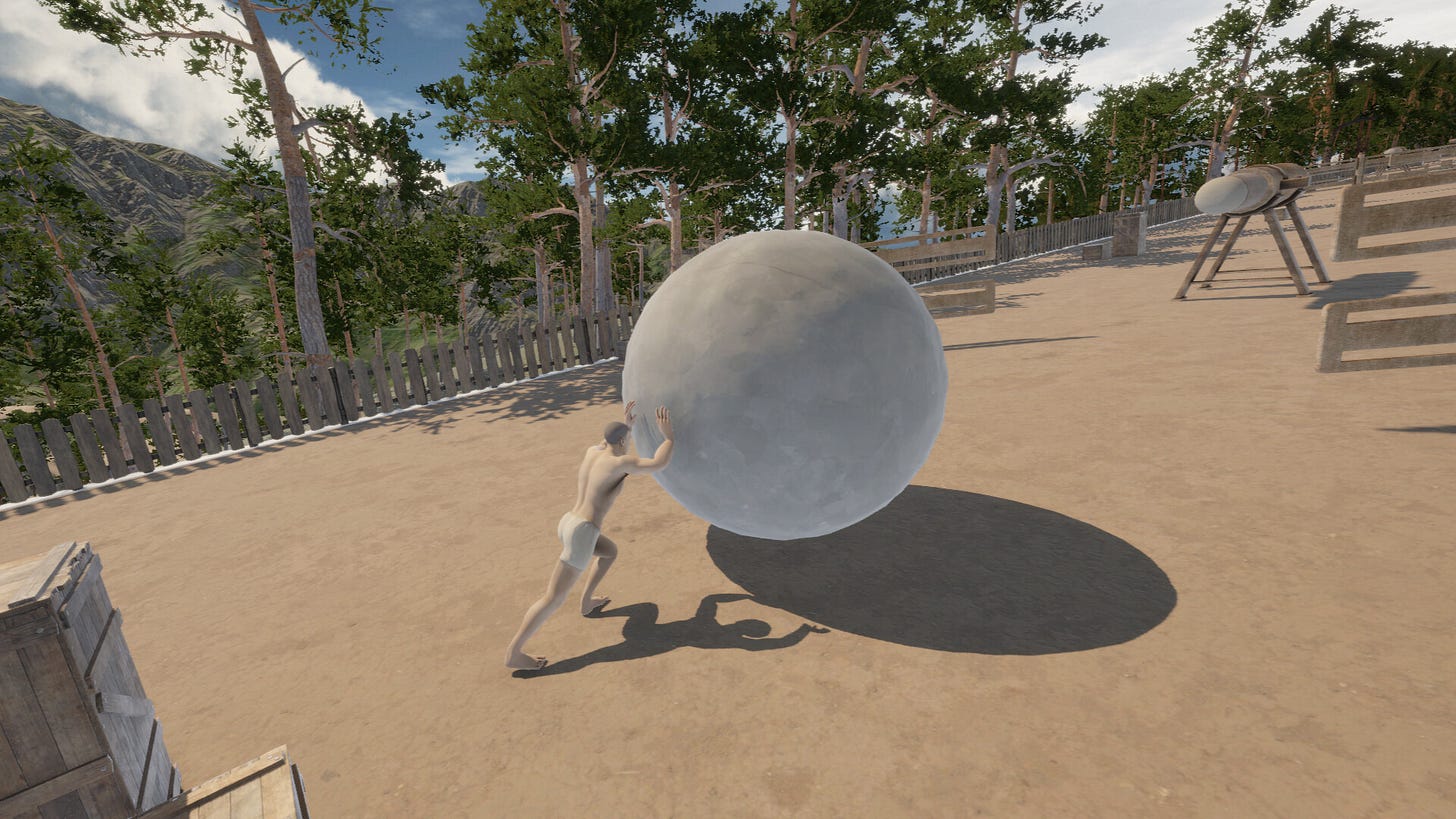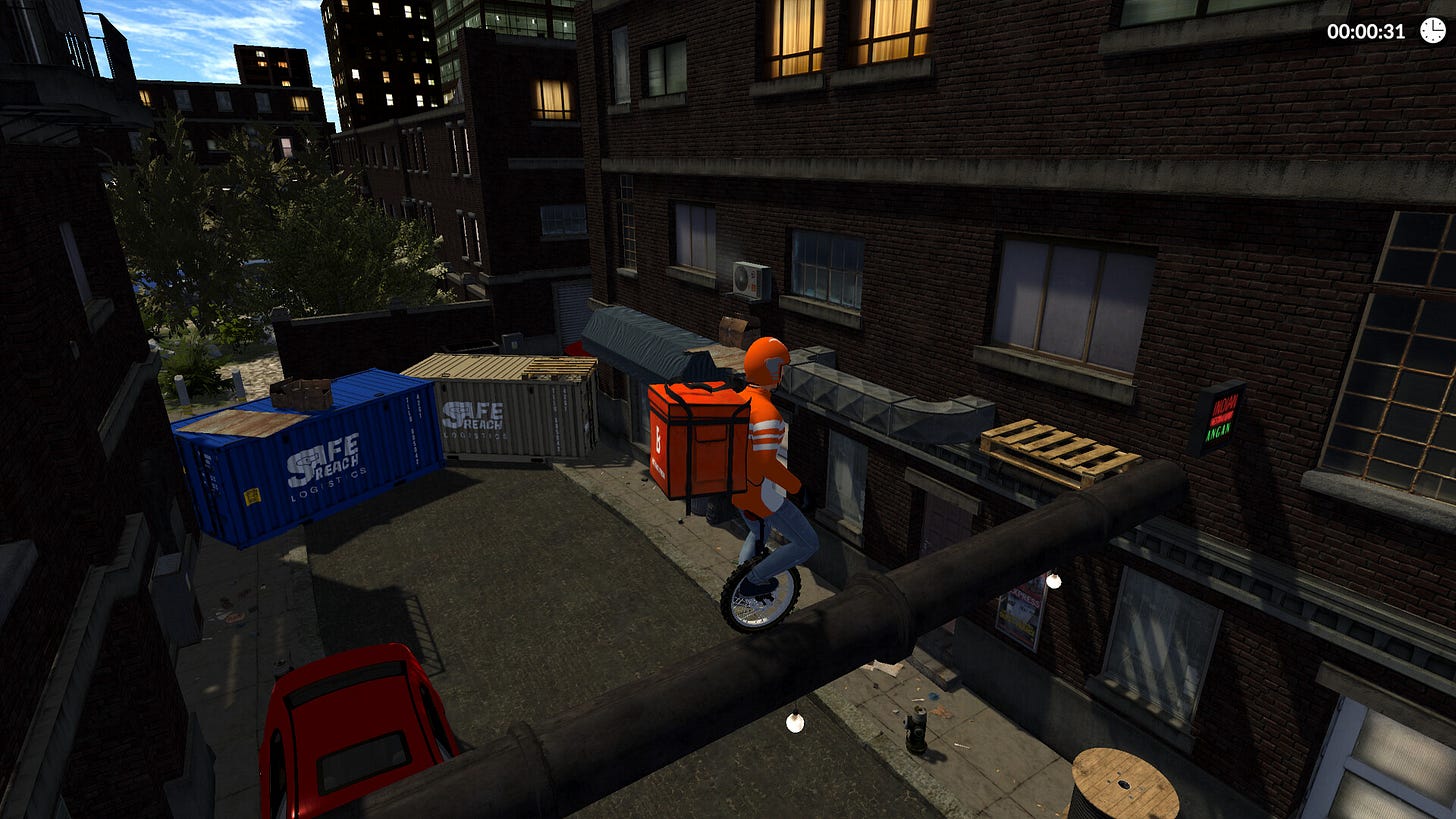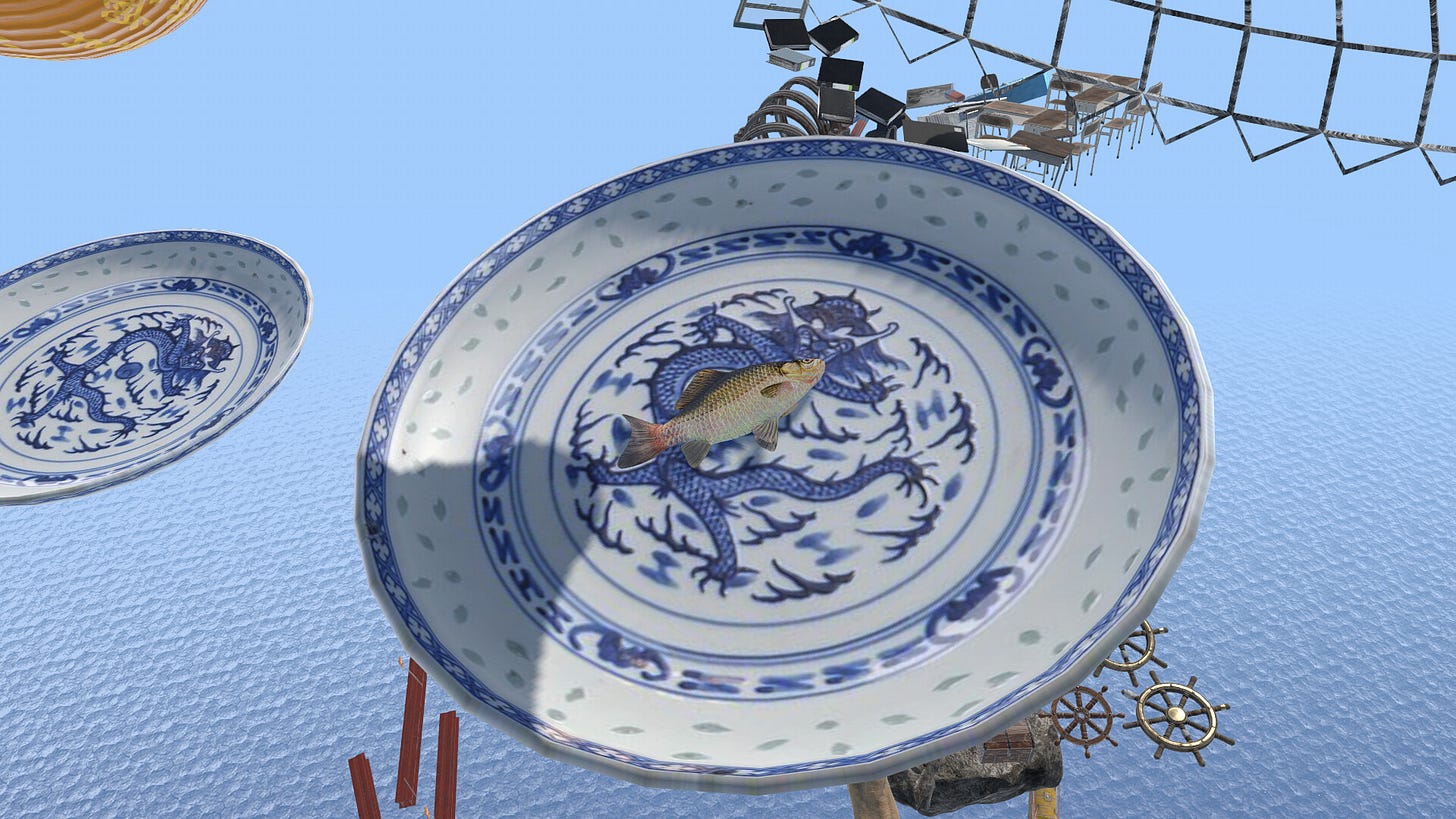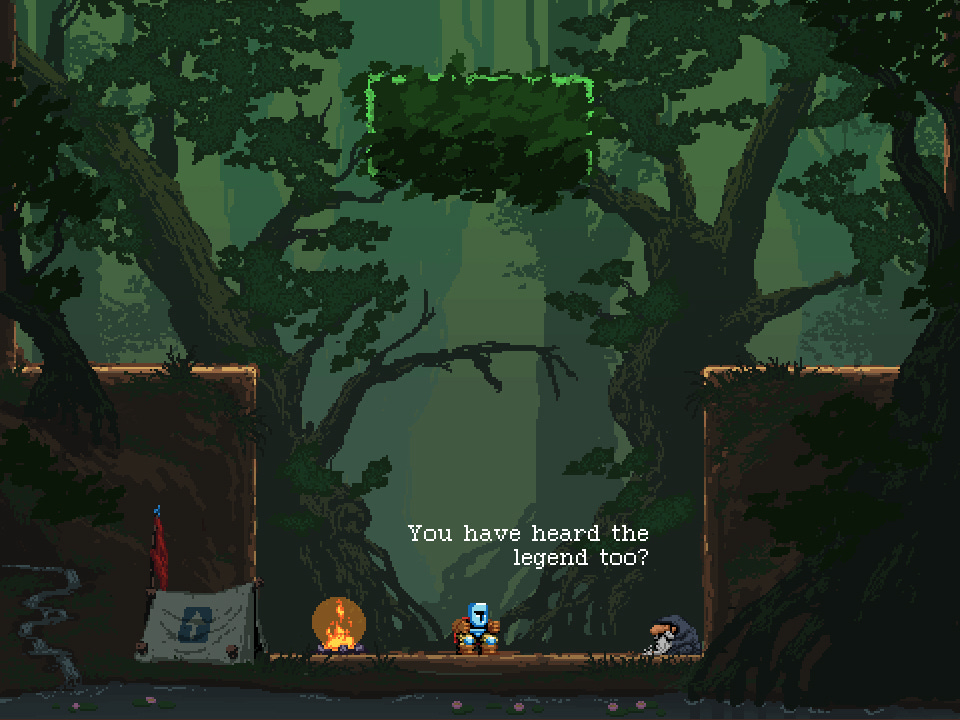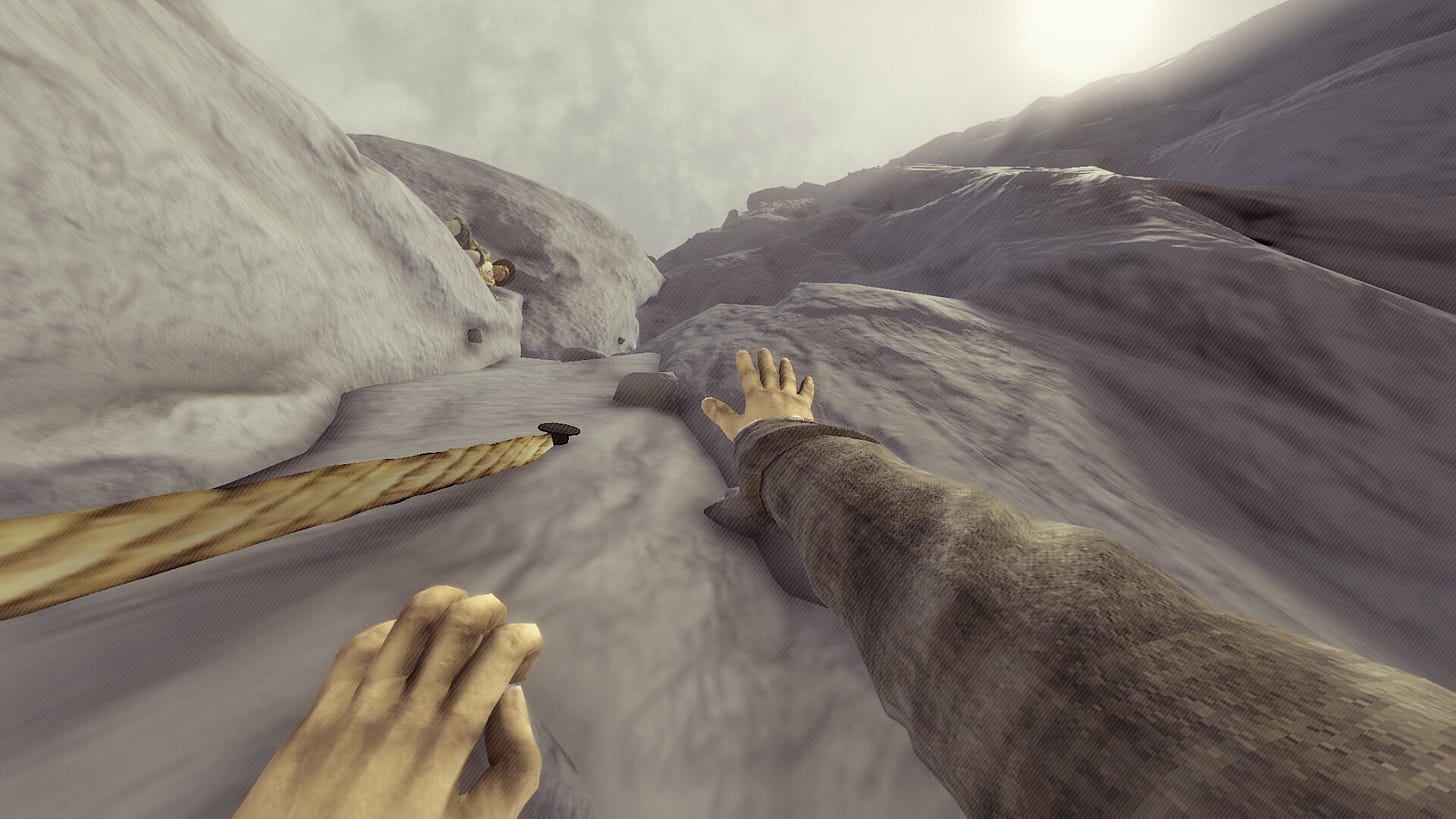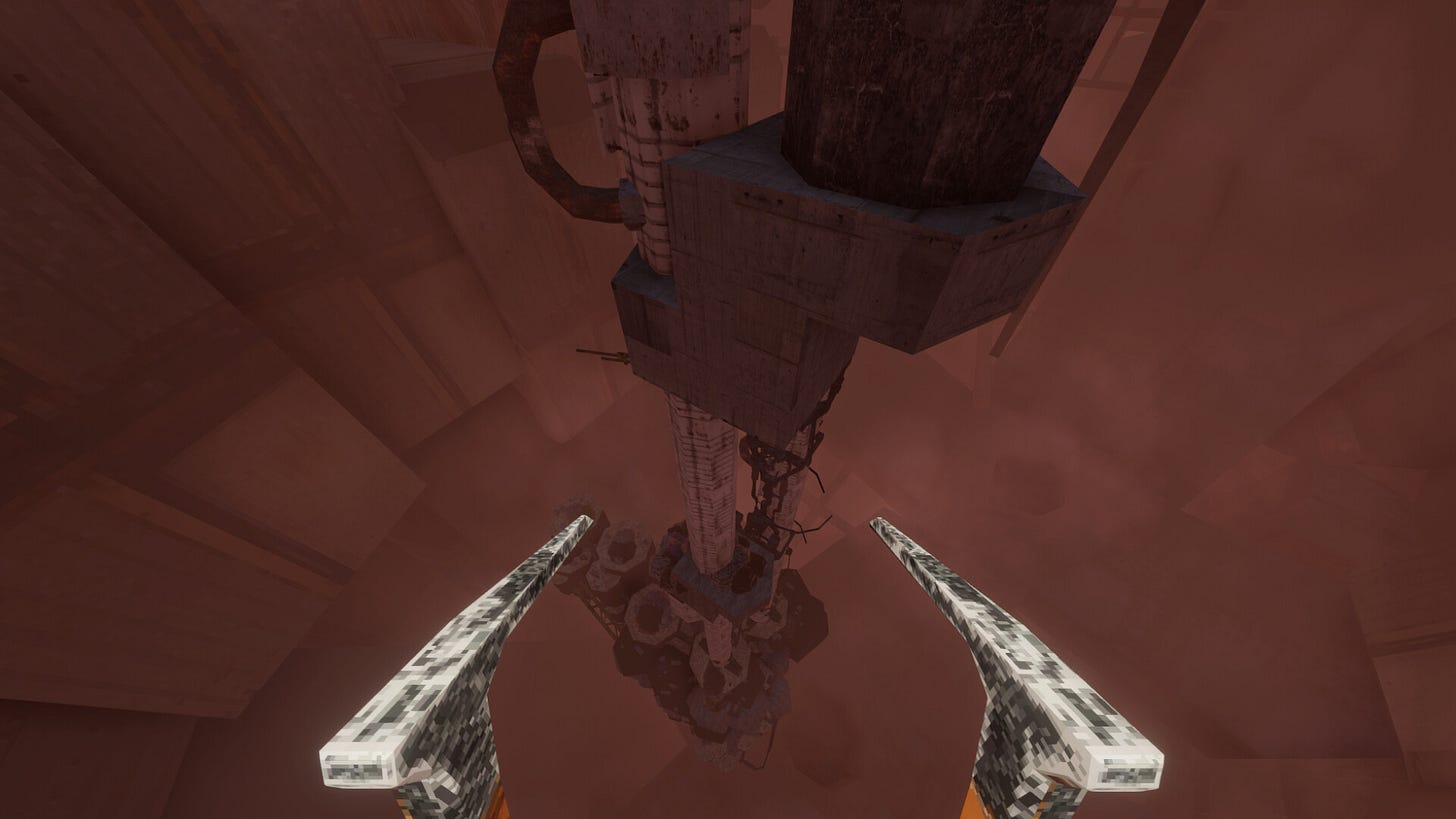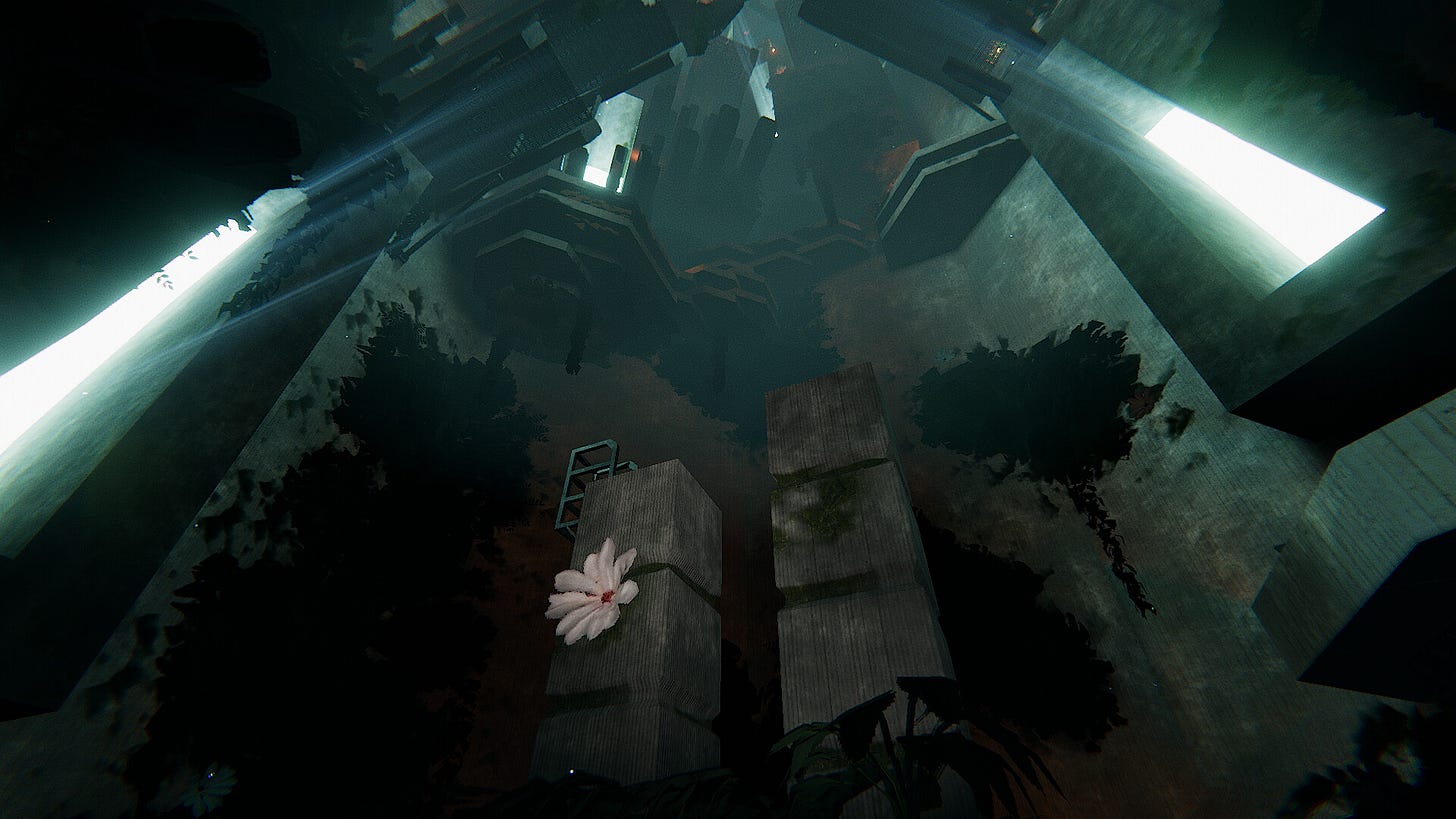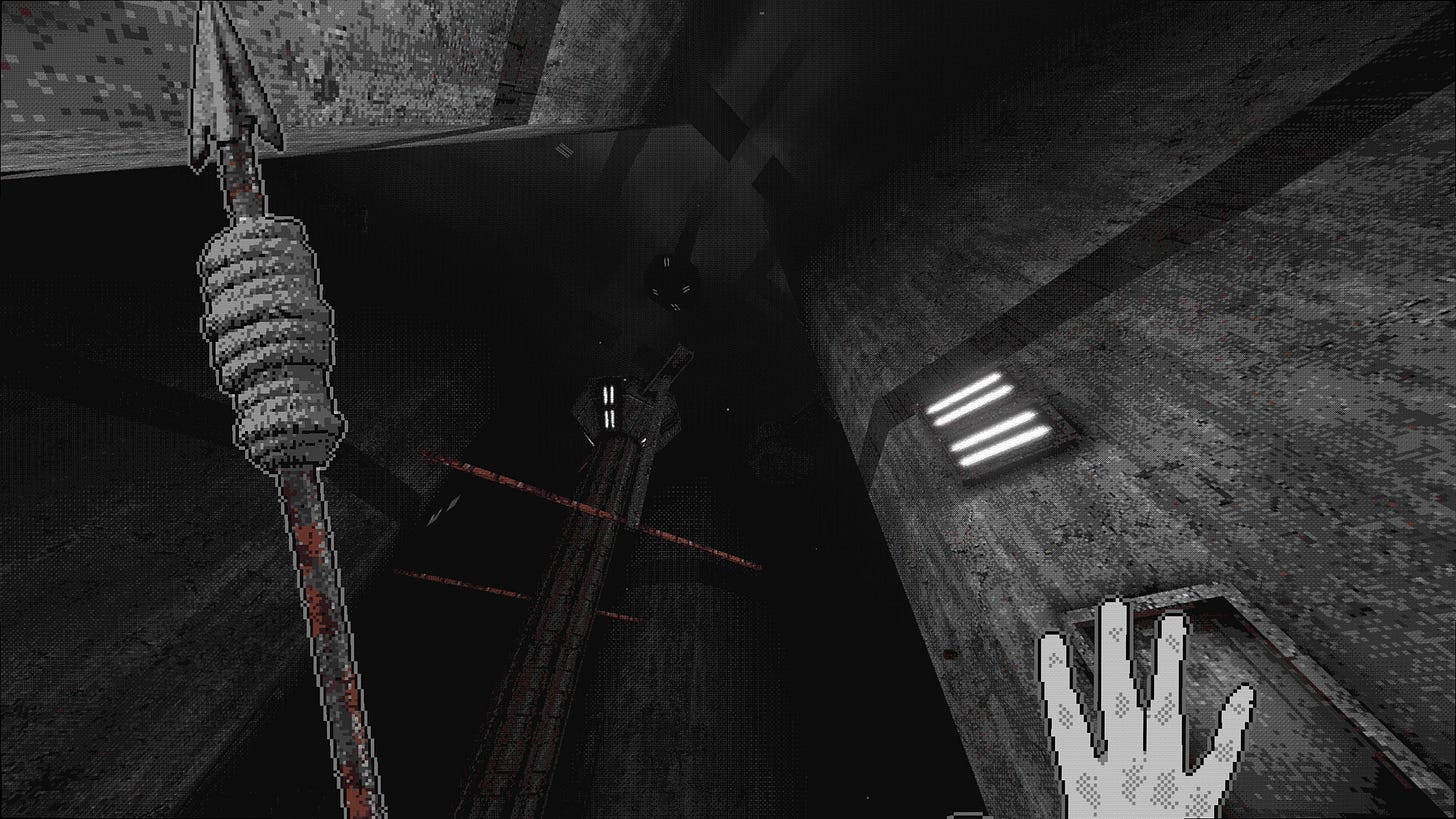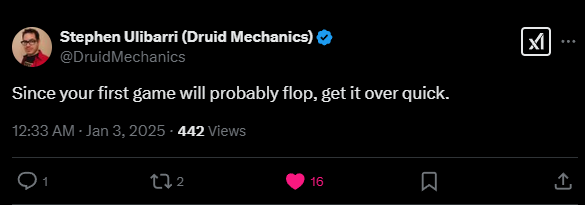This is the first in what will probably be a multi-part series on why Void Climber flopped.
You might think I’m being a bit harsh. Or that I’m jumping to conclusions way too quickly. How can I say it flopped? Void Climber came out just a few days ago. I should probably give it time to cook, right? It just needs to find its audience!
But, the flop wasn’t a surprise. We saw this coming. I’ll explain…
A Note On Success
Void Climber wasn’t an art game or a hobby project. Three years ago, we set out to make a commercial game.
Void Climber was developed by FuturePerfect Studio, where I worked for almost ten years. FuturePerfect is a lean studio with a lot of experience, but we had never made a game. This was going to be a real challenge.
FuturePerfect survived for years producing technology-driven projects in the art world (installations, performances, concerts, etc.). But by 2019, the funding for this kind of work started drying up. Then live events disappeared in 2020. We soon realized we either had to close shop or pivot. And so we pivoted. For a while we went down the metaverse rabbit hole, we led a few VR projects, we had a brief stint in the startup world, and then finally set our sights on games.
We had been using Unreal Engine for our projects for a few years, and I had many years of experience programming. So we weren’t starting from zero. But, a huge chunk of our three-year production period for Void Climber was spent experimenting, prototyping, and just trying to figure out how the hell you even make a game.
If success means having a great process, learning a lot, and making something we’re proud of, then we succeeded. But a successful process doesn’t keep the lights on.
When I talk about success I mean commercial success. Budgets are covered, investments are realized, and enough money is made to fund the next thing.
We completely failed on this front. And as the Game Director, that falls on me. Now I’m laid off, trying to figure out what’s next.
Data Obsessed
Steam is the biggest marketplace for games today. It’s tough to breakthrough on Xbox, PlayStation, and Switch, especially for a first-time dev. And the console market is even harder to predict.
Over the last 3 years I’ve become obsessed with analyzing the Steam market through tools like SteamDB, VG Insights, and the subscriber-only GameDiscoverCo Plus.
Steam is vast. Over 18K games were released last year, with a peak concurrent player count of 39.2 million.
How do you navigate this insane market? I think success on Steam is largely predictable.
There’s a lot of fear in indie game dev circles right now about the exponentially increasing number of games that release on Steam each year. In 2022 it was around 12K, in 2023 it was 13K and now 18K. It only keeps going up.
But the rate of success has remained the same.
The number of games that succeed on Steam each year hovers at around 2.5%. For data-obsessed Steam analysts, success is largely measured by review count. Sales data on Steam isn’t public, but reviews serve as a useful figure for estimating gross revenue.
I follow Chris Zukowski’s framework for measuring success, which primarily looks at wishlist velocity, review counts, and post-launch trends. The magic number is around 1000 reviews. It’s around that number when you can start to say you’ve got a hit on your hands.
We launched Void Climber with about 650 wishlists. A wishlist on Steam is simply a button a player hits on your Steam page to express “I’m interested in buying this game when it comes out”. It’s a decent way to estimate future sales. And there’s a bunch of methodologies people use to do this.
To put our numbers in perspective, you typically need at around 10,000 wishlists to crack Steam’s coveted Popular Upcoming section. This is a section on the front page of Steam were the games with the highest wishlist counts that are coming out in the next week or so are featured. There’s lots of eyeballs here.
We weren’t even close to hitting 10,000 wishlists.
We followed the best practices for marketing Void Climber. We hired a marketing agency to help us figure out how to reach players. We started a Discord server where players could chat about the game. We made a demo and participated in Steam’s demo focused festival Steam Next Fest. We sent the demo to over 1000 YouTubers and Twitch streamers.
About 300 people played the demo when we put it out in September 2024. Our median playtime was at 12 minutes. Much, much lower than we would’ve liked. The numbers were clear, we weren’t going to hit the goals we set.
According to Chris Zukowski’s research, only one game in 2024 turned things around after a failed launch. The odds aren’t good.
As of today we have sold just 46 units.
Why did we fail? Was the game just bad? Were we in development hell and didn’t know it? Could we just not see through the thick fog of complexity of trying to figure out how to even make a game, let alone make it fun? After all it was our first game.
But it’s not like we didn’t have positive feedback. Playtesters enjoyed the game. A small group even kept playing the demo weeks after it was released and speedrunning it. But something still wasn’t working.
And I’ve got to try and figure out what went wrong.
With this first post I’ll start with theming, specifically, the power of a strong fantasy.
A Strong Fantasy Goes A Long Way
A game’s theme is what pulls people in. It’s the name, the first screenshot, the character design, the world. All of it should come together into a clear, immediate fantasy. What is the player doing? Why is that cool? What makes them want to be in this world?
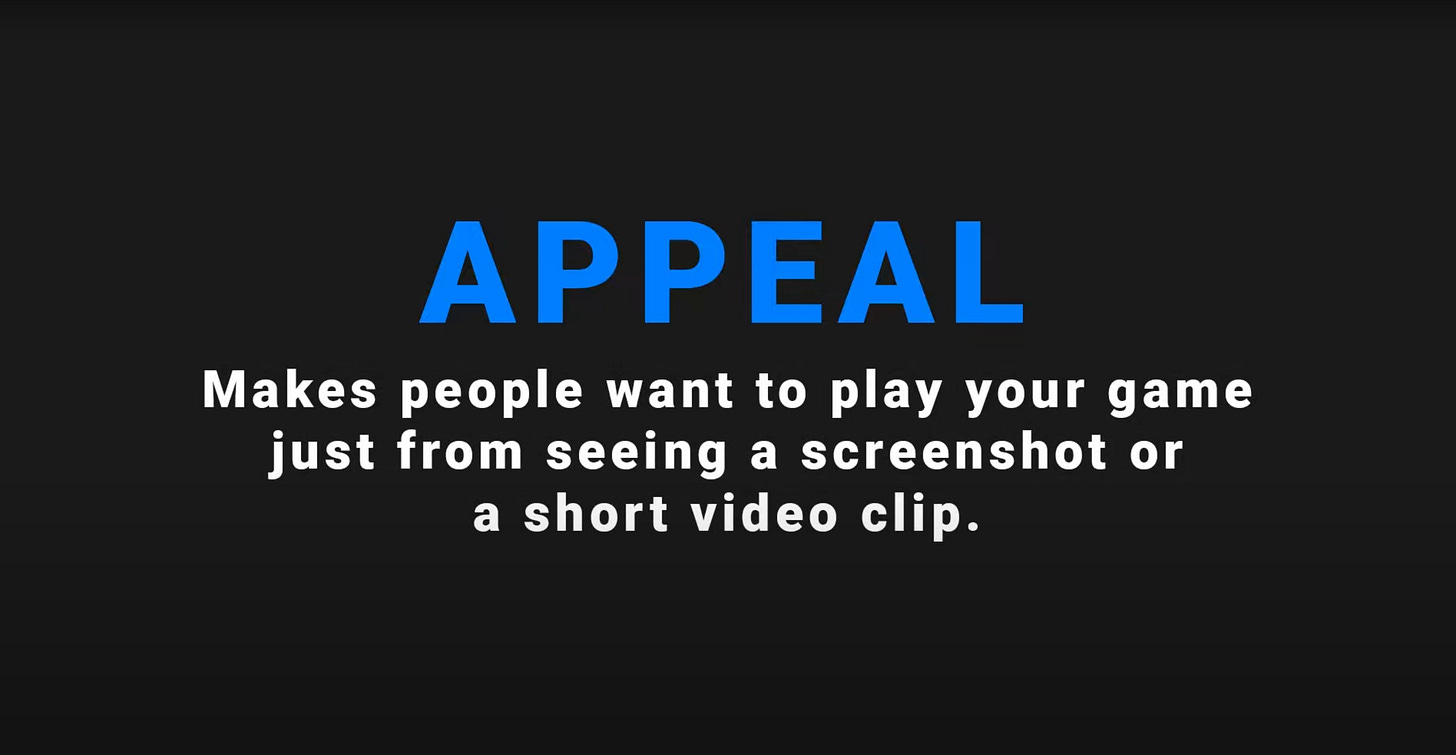
With Void Climber, we didn’t land on the fantasy. Even now, I can’t sum up the core appeal in one sentence. You’re in a collapsing universe climbing up crumbling rocks and other debris reminiscent of various historical time periods. You play as an unnamed humanoid robot character. You’re surrounded by a massive void below you and an abstract skybox above you. It has a vaguely sci-fi inspired setting and aesthetic. It’s undefined. It slips away.
For players on Steam, the best fantasies are familiar. Some of the top-performing tags on Steam that define a game’s core fantasy include Vikings, Dwarfs, Dragons, Dinosaurs, Vampires, Hunting, Aliens, Mechs, Pirates, and Mythology. These work because they don’t need explaining.
Let’s assume we picked the right genre (maybe we didn’t, but more on that in a future post). After many prototypes, we had a really fun movement system. We took that and decided to make a climbing game. Some people call these rage games. Some call them Foddian games (named after Bennett Foddy, the creator of Getting Over It).
The premise is simple: you start at the bottom, and you need to reach the top. The controls are often intentionally weird. The difficulty is extremely high. If you fall once you usually start all the way back at the beginning. Something like <5% of players ever finish games in this category. The fun comes from the impossibility of beating them.
Let’s compare our thematic direction to the other popular games in this category to attempt to figure out where we went wrong. I’ll break the genre down into two thematic categories: Absurd and Refined.
I’m also including the copies sold and gross revenue based on data from GameDiscoverCo Plus at the time of writing. These numbers are estimates based on the total review count.
ABSURD
This is the core of the genre. These games are memetic, funny, and just straight up bizarre. These are ordered from highest grossing to lowest. There’s more out there that I haven’t included, but these were just the ones I was actively playing during the development of Void Climber.
Chained Together (2024)
Estimated Copies Sold: 5,821,300
Estimated Gross Revenue: $23M
A co-op climbing game where you must climb out of the depths of hell while physically chained to your friends.
Getting Over It with Bennett Foddy (2017)
Estimated Copies Sold: 3,358,600
Estimated Gross Revenue: $14.3M
The originator of the genre. You’re a bald man stuck in a cauldron using a hammer to climb up a mountain. BOOM. What a hook.
Only Up! (2023)
Estimated Copies Sold: Data not available
Estimated Gross Revenue: Data not available
This is where the genre when viral. This game blew up on Twitch. It was eventually taken off of Steam by the developer because they had used a bunch of assets that weren’t licensed properly. This really is a subgenre in and of itself and includes many offshoots from other developers (Only Up: SKIBIDI TOGETHER, Only Up: LIZARDS MUST FALL, Only Climb: Better Together, etc.)
ALTF4 (2021)
Estimated Copies Sold: 577,600
Estimated Gross Revenue: $864K
You’re a knight wielding a chicken making your way through a bunch of medieval obstacles to the beat of bouncy tune that sounds like it was ripped straight out of Ed, Edd n Eddy.
A Difficult Game About Climbing (2024)
Estimated Copies Sold: 150,900
Estimated Gross Revenue: $1.3M
This one continued with the bald guy trend started by Getting Over It. You’re climbing up a mountain that eventually morphs into a hodgepodge of assets using only your hands. It was made by a YouTuber.
Get To Work (2024)
Estimated Copies Sold: 80,400
Estimated Gross Revenue: $927K
Another game made by a YouTuber where you play a bald man. This time you’re on all fours in a suit wearing rollerblades and you’re trying to skate your way to the top of the corporate ladder.
The Game of Sisyphus (2024)
Estimated Copies Sold: 39,300
Estimated Gross Revenue: $214K
You’re a bald man (Sisyphus) pushing a boulder up a large hill through a bunch of obstacles. If you drop the boulder it rolls back down to the start.
Unicycle Pizza Time! (2024)
Estimated Copies Sold: 3,600
Estimated Gross Revenue: $14K
You’re a pizza delivery guy riding a unicycle. Reach the top to deliver your pizzas on time.
Fish Hero (2024)
Estimated Copies Sold: 2,300
Estimated Gross Revenue: $6K
You’re a fish flopping its way to the top of a meandering structure.
REFINED
These take a slightly different approach. They’re more about a moody atmosphere and intriguing architecture. These are vibe-based games. They’re still extremely challenging, but are also meditative in some way. This is where we had aimed to land with Void Climber. A tough challenge for our first game.
Jump King (2019)
Estimated Copies Sold: 525,700
Estimated Gross Revenue: $4.2M
Reach the top in search of the “smoking hot babe”. Jump King really nails the modern pixel art look. The controls in this one are really elegant. You simply press and hold the spacebar to launch the knight upward. The longer you press the higher he goes.
Peaks of Yore (2023)
Estimated Copies Sold: 44,400
Estimated Gross Revenue: $685K
A true climbing game set in the late 1800s. It has a more nostalgic look paired with realistic physics-based climbing mechanics. It has a really high difficulty ceiling. There’s one guy who reviewed it on Steam who played for 1500 hours.
Lorn’s Lure (2024)
Estimated Copies Sold: 31,600
Estimated Gross Revenue: $400K
Another game with brutalist industrial architecture. Super appealing slightly retro PS2 era look and feel with really nice climbing mechanics.
Beton Brutal (2023)
Estimated Copies Sold: 29,600
Estimated Gross Revenue: $181K
Climb to the top of a massive brutalist building. I’d say the success of Beton Brutal is largely due to how much it mirrors the feel of the many Minecraft Parkour challenge videos you see on YouTube and TikTok. Everything from the feel of the jump to the FOV to the blocky architecture comes together to make it feel like a grown up version of those custom Minecraft maps.
White Knuckle (unreleased)
Estimated Copies Sold: Data not available
Estimated Gross Revenue: Data not available
White Knuckle isn’t out yet, but the wishlist data is looking really good. The demo alone has 1,210 reviews. Here you’re climbing up a large industrial tube. It has momentum-based movement mechanics and an inventory system with upgrades. It also has that PS2 look and feel.
My take: Void Climber was too restrained to be a meme game and too vague to be a refined game. It wasn’t absurd enough to be instantly funny, and it wasn’t focused enough to pull players into a familiar but distinct fantasy. It sat somewhere in between, not committing to either direction.
Against Dream Games
One of my main takeaways from the past three years is I really like making games. And I want to figure out how I can keep doing it.
The indie game dev scene is filled with people setting out to make their dream game. The stories of the lone genius spending 8 years making their Stardew Valley have distorted industry expectations.
Fuck a dream game. I want to make games that sell so I can make more games.
Shipping games is the point of making games. Strange Scaffold founder Xalavier Nelson Jr. said it best.
Void Climber could’ve shipped sooner. With how much time we spent on it, I feel like I made at least five different games. Most of the time I was working 7 days a week. We had many failed prototypes. At one point we were even making a puzzle game (more on that later).
Maybe the main character of Void Climber should’ve been a bald man.
But that’s that. Onto figuring out how to make more games. And more analysis to come.
Special thanks to Wayne Ashley, Founder & Executive Director of FuturePerfect. Void Climber would not have been possible without his willingness to dive deep into the unknown, explore relentlessly, and experiment without limits. Over the past 10 years, Wayne has been a great friend, mentor, and collaborator. My time with FuturePerfect was incredibly rewarding, full of interesting challenges, and most of all fun.
You can view FuturePerfect’s many other projects here.



